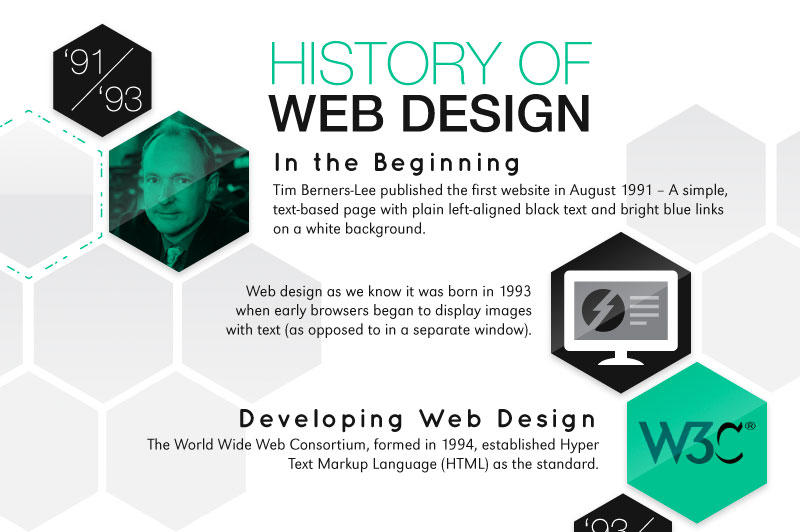Key Elements Of Site Style: Approaches For Creating An Accessible Individual Experience
Key Elements Of Site Style: Approaches For Creating An Accessible Individual Experience
Blog Article
Written By-Hovmand Neville
When it involves site style, guaranteeing user-friendliness is crucial. From receptive design to streamlined navigation, every component plays a critical role in creating a website that accommodates your target market's requirements. Yet what about the better details that can make or damage an individual's surfing experience? Remain tuned as we reveal some often-overlooked ideas that can boost your site's use to the next level, making it truly stand out in the digital landscape.
Significance of Responsive Layout
Responsive design is a crucial element of modern web site advancement. https://www.google.com/search?q=Tipping+Point+Digital&ludocid=15020801446772368566&lpsid=CIHM0ogKEICAgIC9tIq6UA&source=sh/x/localposts/m1/1&lsig=AB86z5XS5EPiIMwVdXEAgQuHo39I&shndl=-1&kgs=7861077bf63b63b1 is responsive methods that it can adapt to various display dimensions and gadgets, providing a seamless experience for users.
With the raising use of smartphones and tablet computers to access the net, having a receptive layout is important for reaching a larger target market. It assists in enhancing user experience by making your site very easy to navigate and read on any kind of tool.
Furthermore, responsive layout can favorably impact your online search engine positions, as search engines like Google prioritize mobile-friendly websites. By having a responsive design, you're likewise future-proofing your web site, as brand-new devices with varying display dimensions remain to emerge.
Simplify Navigation Structure
To improve individual experience and facilitate very easy access to details on your website, improving the navigation structure is vital. When designing your website, concentrate on producing a clear and instinctive navigating menu that helps visitors find what they're trying to find rapidly.
Limit the variety of menu products to the fundamentals, grouping related pages together to avoid frustrating customers. Use detailed tags that clearly suggest the web content of each web page, making it less complicated for users to comprehend where each web link will take them.
Consider executing dropdown menus for subcategories to avoid cluttering the main navigating bar. Furthermore, consist of a search bar plainly on the page for individuals that prefer looking for particular info.
Prioritize mobile responsiveness in your navigating layout to make sure simple access on all gadgets.
Maximize Web Page Lots Rate
Improving web page tons speed is vital for retaining site visitors on your web site. Slow-loading web pages annoy users and can bring about high bounce prices. To maximize web page load rate, beginning by optimizing pictures. mouse click the next site without endangering high quality to decrease their documents dimensions.
Additionally, enable browser caching to save often accessed resources in your area, accelerating tons times for returning visitors. Minify CSS, JavaScript, and HTML files by eliminating unnecessary personalities, comments, and formatting, boosting load speed.
Consider using a web content shipment network (CDN) to distribute your web site's content throughout multiple web servers worldwide, decreasing latency for users accessing your site from various places. Lastly, restrict using third-party scripts and plugins, as they can considerably influence load times.
Conclusion
To conclude, by incorporating receptive design, simplifying navigation, and optimizing web page tons rate, you can develop a straightforward internet site that attract a bigger audience and improves user experience. These essential elements ensure that site visitors can easily access and navigate your site across different tools, bring about raised involvement and satisfaction. By focusing on these crucial aspects, you can develop an effective website that keeps individuals coming back for even more.
